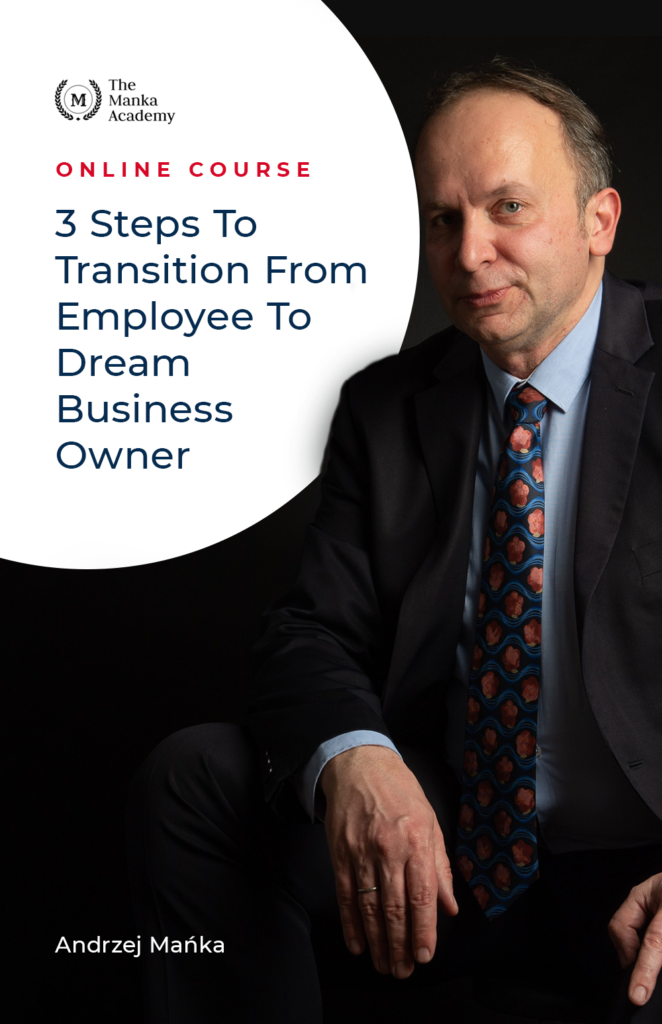Good stories are memorable. Great ones are unforgettable

Categories

How storytelling builds perception
Storytelling predates writing. Storytellers were perceived as leaders and teachers.
If you are familiar with Yoda from Star Wars the best storytellers were regarded as powerful spiritual guides, a bit eccentric and as special secret keepers.
Storytelling is art. Art and science. It requires a lot of effort to understand all the essential rules and nuances. To achieve mastery in storytelling takes time and demands a trial-and-error approach.
Whether in private conversation, public speaking or a business presentation storytelling transforms our perception – the way we see things and how we value them.
Brain activity in people who are exposed to storytelling shows that stories have an amazing impact on the chemical reactions in our brains. Good stories are able to change our beliefs and behaviours, our attitudes and our perception of anything.
Human perception is based on the detection of change. If everything is monotonous or stable our brains remain unengaged. That’s why storytellers create conflicts, obstacles and unexpected events to grab our attention and build interest.
Stories are a journey. They take you on a journey through obstacles and conflicts, and through growth to resolution and self discovery.
We love watching heroes in their journey of transformation from being average and weak into charismatic leaders. Think of Neo from “The Matrix” -a programmer in a big corporation, who becomes a big hero able to lead humans to freedom from their enslavement to machines.
Stories enable us to understand who we are and who we want to be. Great, dramatic stories are the foundation of every religion, every ideology and every mass movement. Would it be possible for Jesus to have such an impact on the lives of millions of people if his mission wasn’t presented through great stories such as the good Samaritan, the rescue of a woman caught in adultery or the parable of a prodigal son and the feeding of five thousand people?
Stories unite and connect receivers. They use universal language relatable to people from different backgrounds, levels of education and types of lifestyles.
Vibrant narratives motivate action and desire for change. They inspire us to strive for more. They educate and show new solutions.
A well structured story can be a game changer in business. Storytelling in business creates a sense of unity between your brand and your audience. Good stories resonate with your target groups. Facts not necessarily. As Guy Kawasaki said “Faith, not facts, moves mountains.”
Storytelling builds great brands with engaged followers. It sets apart exciting brands from the average and boring.
An interesting business story tells audiences what your brand stands for. It simplifies complex mission statements.
There are two crucial elements of every successful story.
The first is the concept of the hero and the second is the structure.
A hero must be someone we can identify with. It’s people and not events, dates or facts we are truly interested in.
The process of intensive projection of our best qualities onto the hero makes us fully engaged and immersed into a story.
Projection starts when we admire someone. When we have feelings of awe. When we admire our hero’s creativity, strength, wisdom, courage, attractiveness and charisma.
And after we projected everything we want to be onto a hero we strongly identify with him or her. This psychological process bonds us to a hero for the whole story span. If the story continues developing into a series or episodes we develop extremely intensive relationships with heroes. Sometimes it can even evoke a cult following.
The second essential element of a compelling, unforgettable story is its structure.
You can use a classical simple three-act structure with set up, confrontation and resolution. Or a more detailed five-act structure containing exposition, raising action, climax, falling action and denouement or resolution.
You can add two turning points or plot twists like in traditional Hollywood genres – the first after the first 10 minutes, when the viewer’s attention starts fading, and the second at the end of a story to completely change the course of action.
You can experiment with linear and non linear structures, with parallels or interactive formats, where users decide how the action develops.
You can also implement the well known structure presented by Joseph Campbell in his book “The Hero’s Journey”. This structure is used in such masterpieces of popular literature and film as “The Lord of the Rings”, “Harry Potter”, “Star Wars” and “The Matrix”. In the beginning there is an ordinary world. A hero is called to adventure but refuses the call. Then he meets the mentor and “crosses the threshold”. Afterwards there are plenty of tests, obstacles, enemies and struggles. After the ordeal the hero gets a reward, resurrects, and returns home with the “elixir” that will solve his problem.
As an author you must apply a good structure but you don’t need to follow religiously any given structure. You can play with many different ones, modify them, adjust, test and invent your own structures.
Just remember that a proper structure gives your stories power and appeal.
How do stories change the perspectives of your brand?
They do it by appealing to emotions which diminish distance and build connections between your brand and audiences.
This happens when Hans Rosling tells his dramatic stories using visual statistics. This mechanism has been used to build the exciting brand of Levi’s 501.
Business stories build readiness, excitement and expectations.
Like in the case of Tesla they are able to give us new perspectives on unpopular technologies and solutions. Elon Musk and his team’s stories have built a new perception of electric cars as exciting, dynamic and prestigious. Who before the Tesla era ever had any positive associations with electric cars?
Apple uses real life stories instead of technical descriptions of their devices. These stories show the users’ experiences, especially how Apple benefits and transforms their lives. That’s a very effective way to build a vibrant brand and committed, engaged and loyal community.
Good stories are memorable. Great ones are unforgettable.


